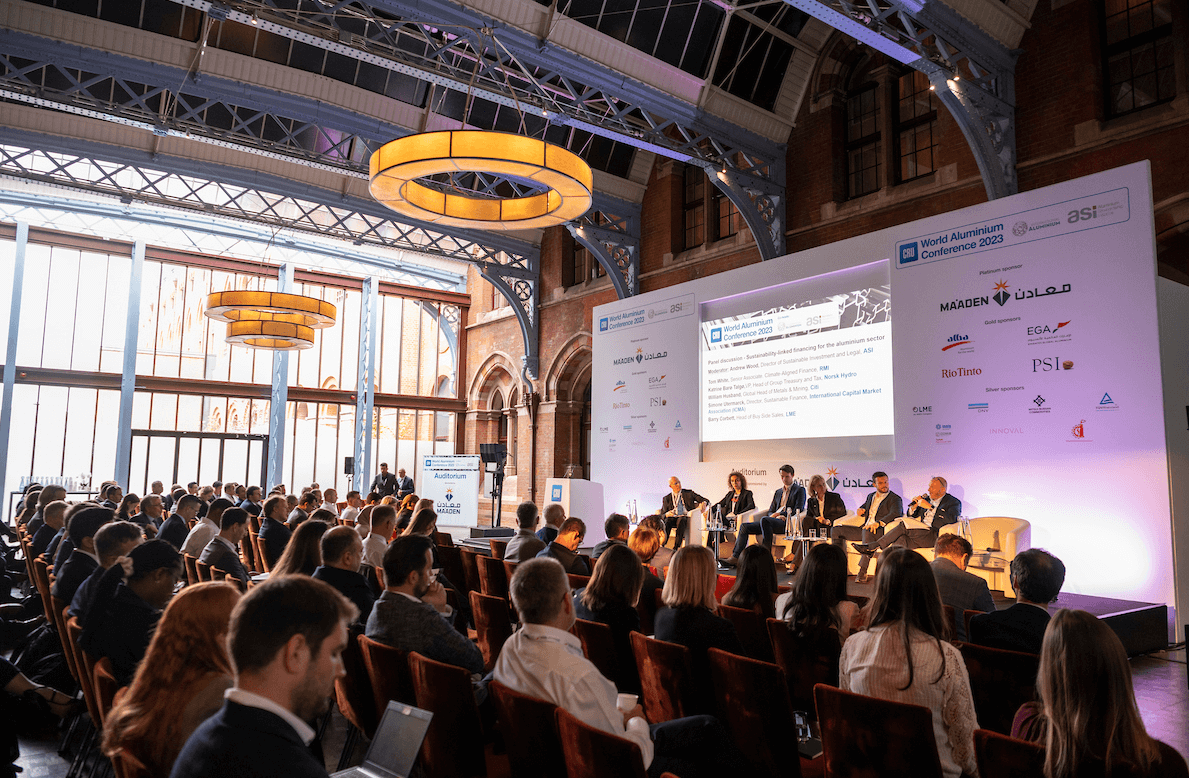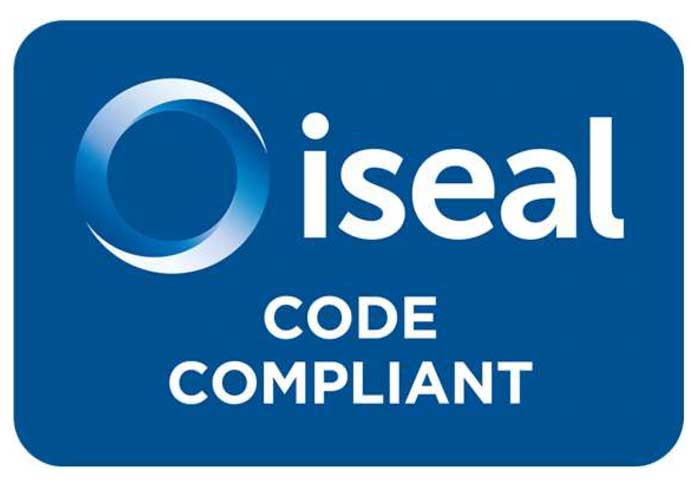Sustainability-linked financing for the aluminium sector
CRU Conference discussed financial incentives, customized decarbonization pathways and an MPP report that concludes that $1 trillion is needed to achieve a net-zero aluminium sector.
26 May 2023
The majority of this investment will be needed in power supply and smelters. Fossil fuel-based production will need to be converted to or replaced with low carbon alternatives, even if these are likely to have a lower return on capital and have some technology and implementation risks. The report also included five different scenarios for retrofitting a smelter or refinery to decarbonise, with indicative net present value calculations which showed that, whilst sustainability-linked financing can have a positive impact, in terms of access to capital and lowering the cost of capital, other levers are also likely to be required to better financially incentivise decarbonisation. These include a potential premium for low carbon aluminium, a carbon price/tax and potentially other government support, such as grants or carbon contracts for difference.
MPP also released an Aluminium Sector Transition Strategy Model to calculate pathways to net zero emissions by 2050 for the aluminium sector. The model can be used as a tool by interested parties to customise scenarios at a granular level.
The issues were also discussed at the CRU World Aluminium Conference, co-hosted by ASI and the IAI. First there was a session on “Sustainability-linked financing for the aluminium sector”.

A discussion moderated by Andrew Wood, ASI Director of Sustainable Investment and Legal with an expert panel comprising of Simone Utermarck, Director, Sustainable Finance at the International Capital Market Association (ICMA), Tom White, Senior Associate, Climate-Aligned Finance at RMI, Katrine Barø Talgø, VP, Head of Group Treasury and Tax at Norsk Hydro, Barry Corbett, Head of Buy Side Sales at the LME and William Husband, Global Head of Metals & Mining at Citi.
The discussion covered the range of sustainability-linked bonds, green bonds and social bonds under the ICMA frameworks and other available sustainable financing loans and the benefits associated with them. The panel also discussed, for hard-to-abate sectors like aluminium, possible hurdles to greater uptake of sustainability-linked and other bonds. There was also discussion around RMI’s work on GHG framework and GHG methodology to give financial institutions the tools they need to measure the emissions of their aluminium portfolios, set targets accordingly and use them as a basis for robust KPIs in sustainability linked loans. There was discussion about Norsk Hydro’s recent experience with green bonds and the desirability of incorporating scope 3 targets in bond frameworks. There was also discussion on the potential for the compulsory noting of key ESG data in the LMEpassport in future, it being recognised that GHG emissions reductions should not be made at the expense of other key ESG factors. The extent of the take-up of sustainability-linked bonds and green bonds in the aluminium sector compared with other metal sectors was also commented on, along with the recognition that there was a long way to go to implement the required pathways.
On the final day of the CRU conference, there was a workshop on GHG accounting methodologies including ASI’s Chris Bayliss and Andrew Wood. The financial session of this covered:
- The key means of obtaining finance in the aluminium sector (exposures and tools)
- Financiers’ needs on GHG methodologies and any variables and
- Financial and GHG methodology issues and risks impacting the decarbonisation of the aluminium sector
In the session and following Q&A, issues noted were the desirability of financial institutions and investors (financiers) for a robust, transparent GHG methodology which facilitated harmonised baselines and comparisons between emissions-reducing projects within the aluminium sector, in other sectors the financiers were involved in for the financiers’ financed emissions and the financiers’ own emissions. It was discussed which emissions data within a company or a commodity being sold was impacted by the type of financing.
There was also discussion on the desirability of accelerating funding research & development in some of the new technology areas common to the industry, such as alternatives to carbon anodes and fossil-fuel calcination. It was also noted that a number of existing production regions were less suited to large-scale, low-cost production of renewable energy than others and how it may be difficult for some operations in those areas to obtain finance to decarbonise, particularly some smaller volume, high cost operations without a wider portfolio or robust balance sheet. This means that it is unlikely all current players in the aluminium value chain will be able to decarbonise effectively and so some may end up closing.
Transparency, accuracy and comparability of GHG emission current baseline and targets were seen as key to building trust and confidence among all players. This is needed so financiers can accurately quantify and report financed emissions to their stakeholders. Other issues discussed included the need for science-based targets, inclusion of scope 3 and financiers likely to seek third party verification of GHG metrics, pathways to decarbonise, timeframes and ambition of GHG reductions. The unlikelihood of a consistent carbon price or tax globally was also discussed. One point of interest was whether financiers should choose to fund “safer bets” (lower carbon already, which helps financiers’ total financed emissions) or fund higher-emitting operations with deeper cuts planned. One key aspect noted was that expectations of shareholders of financiers, customers and other stakeholders were that GHG reductions should not be at the cost of key ESG factors e.g. wind/solar farms should not require the involuntary relocation of local communities.
RELATED TOPICS:
SHARE THIS ARTICLE


